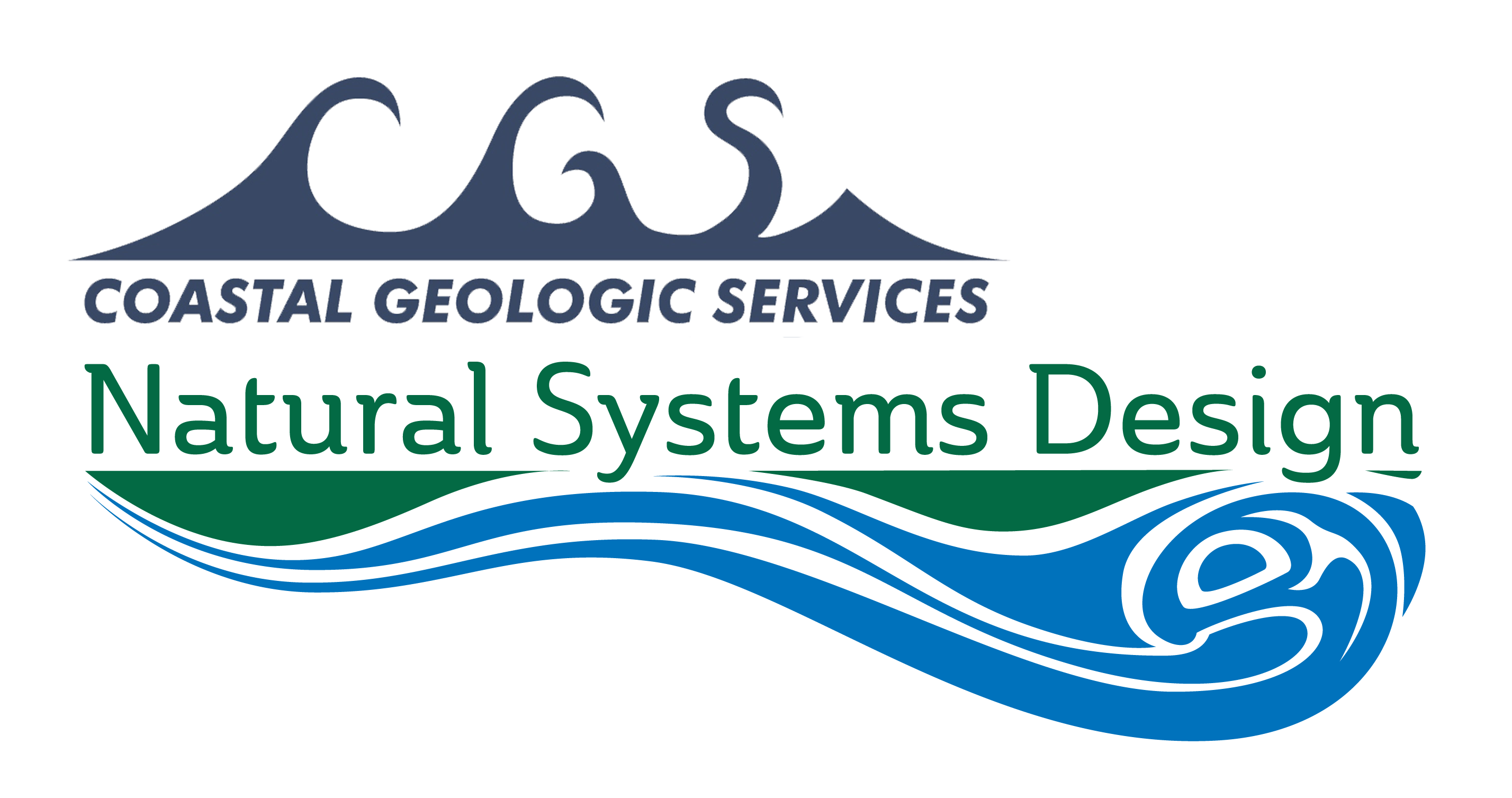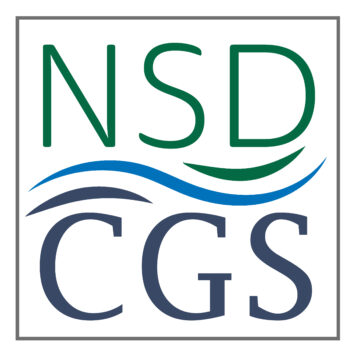Large wood (LW) jams are key riverine habitat features that affect hydraulic processes and aquatic
habitat. The hydraulic influence of LW jams is poorly understood due to the complexity of fluid dynamics around
irregular, porous structures. Here we validated a method for two-dimensional hydraulic modeling of porous LW
jams using the open-source modeling software Delft3D-FLOW. We sampled 19 LW jams at three reaches across
the Columbia River Basin in the United States. We used computer-generated porous plates to represent LW
jams in the modeling software and calibrated our modeling method by comparing model outputs to measured
depths and velocities at validation points. We found that modeling outputs are error-prone when LW jams are
not represented. By representing LW jams as porous plates we reduced average velocity root mean square error
(RMSE) values (i.e., improved model accuracy) by 42.8% and reduced average depth RMSE values by 5.2%.
These differences impacted habitat suitability index modeling. We found a 15.1% increase in weighted useable
area for juvenile steelhead at one test site when LW jams were simulated vs. when they were ignored. We investigated
patterns in average RMSE improvements with varying jam size, bankfull obstruction, porosity, and
structure type, and river complexity. We also identified research gaps related to field estimation of LW jam
porosity and porous structure modeling methods.
For more information contact: Tim Abbe, PhD, PEG, PHG at Natural Systems Design and Coastal Geologic Services — Email: Tim@naturaldes.com | Phone: (206) 834-8697

